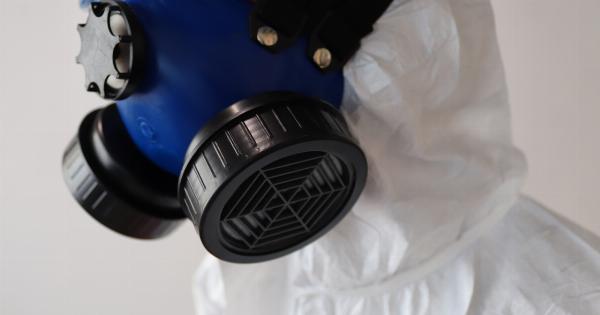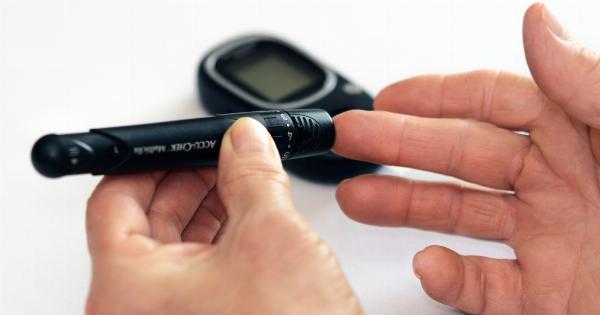Edema, also commonly known as swelling, is a condition characterized by an abnormal accumulation of fluid in various parts of the body. When it occurs in the calves, it is referred to as edema in the calves.
This condition can be caused by various factors and can have a significant impact on an individual’s daily life. In this article, we will explore the causes of edema in the calves, its symptoms, and available treatment options.
1. Venous Insufficiency
Venous insufficiency is one of the primary causes of edema in the calves. This condition occurs when the valves in the veins of the legs fail to function correctly, leading to the pooling of blood in the lower extremities.
The increased pressure in the veins causes fluid to leak into the surrounding tissues, resulting in calf swelling.
2. Lymphedema
Lymphedema is another common cause of calf swelling. This condition arises due to a compromised lymphatic system, which is responsible for draining excess fluid from the body’s tissues.
When the lymphatic system fails to function correctly, fluid accumulates in the calves, leading to edema.
3. Deep Vein Thrombosis (DVT)
Deep vein thrombosis (DVT) is a blood clot that forms in one or more deep veins, typically in the legs. When a blood clot obstructs blood flow in the veins, it can lead to calf pain, redness, and swelling.
DVT-related edema in the calves requires immediate medical attention.
4. Heart Failure
Cardiac conditions, including heart failure, can contribute to calf edema. When the heart fails to pump blood efficiently, it can cause fluid to accumulate in different parts of the body, including the calves.
Patients with heart failure may experience swelling in the calves along with other symptoms such as shortness of breath and fatigue.
5. Kidney Disease
Kidney disease can cause fluid retention in the body, leading to calf edema. Damaged kidneys may struggle to eliminate excess salt and water, resulting in swelling in various body parts, including the calves.
Managing kidney disease and its associated symptoms is crucial in preventing or reducing the severity of edema.
6. Medications
Some medications, such as calcium channel blockers and hormonal medications, can cause fluid retention and result in calf swelling.
If you notice edema in your calves after starting a new medication, consult your healthcare provider for alternative options or adjustments in dosage.
7. Injuries and Trauma
Injuries or trauma to the calves, such as fractures or sprains, can lead to localized swelling and edema. The body’s natural response to injury is to send fluid to the affected area to aid in healing.
This localized edema usually subsides as the injury heals.
8. Infections
Infections, particularly cellulitis, can cause calf edema. Cellulitis is a bacterial infection that affects the skin and underlying tissues. The infection triggers an inflammatory response, resulting in swelling, redness, and pain in the calves.
Prompt medical attention is necessary to treat the infection and reduce swelling.
9. Pregnancy
Pregnancy-related edema is a common occurrence, especially in the later stages. Hormonal changes and increased blood volume can lead to fluid retention and swelling, including in the calves.
While mild swelling in pregnancy is normal, excessive or sudden swelling should be reported to your healthcare provider.
10. Obesity
Excess body weight can put additional strain on the veins and lymphatic system, leading to calf edema. Obesity increases the risk of venous insufficiency, diabetes, and other conditions that contribute to swelling.
Adopting a healthy lifestyle, including regular exercise and maintaining a balanced diet, can help manage and prevent calf edema in individuals with obesity.
Treatment Options for Edema in the Calves
The treatment approach for edema in the calves depends on its underlying cause. Here are some common treatment options:.
A. Compression Therapy
Compression therapy involves wearing specially designed stockings or wraps that apply pressure to the calves. This pressure helps improve circulation and prevents fluid buildup.
Compression garments should be properly fitted to ensure their effectiveness.
B. Elevation
Elevating the legs above the heart level can help reduce fluid accumulation in the calves. Regularly propping up the legs on a pillow or cushion for a period of time each day can alleviate swelling and improve overall blood flow.
C. Medications
In certain cases, medications such as diuretics may be prescribed to promote excess fluid elimination through increased urination. However, the use of medications should be carefully evaluated and monitored by a healthcare professional.
D. Lifestyle Modifications
Simple lifestyle changes can contribute to managing edema in the calves. Regular exercise, a low-sodium diet, weight management, and avoiding prolonged sitting or standing can help reduce swelling and improve overall circulation.
E. Treating Underlying Conditions
Addressing the underlying cause of calf edema is essential for effective treatment. This may involve managing heart or kidney conditions, treating infections, or making necessary adjustments to medication regimens.
F. Physical Therapy
A physical therapist can provide exercises and techniques to improve lymphatic drainage and circulation in the calves. Physical therapy may be helpful for individuals with lymphedema or post-injury edema.
If you experience persistent or severe calf edema, it is important to consult with a healthcare professional for an accurate diagnosis and appropriate treatment plan tailored to your specific needs.






























